Jump rope exercises have long been hailed as one of the most efficient ways to improve cardiovascular health, boost endurance, and tone muscles. Whether you're a seasoned athlete or just getting started on your fitness journey, the key to a successful jump rope routine isn't just about how fast you can skip—it's about having the right equipment. One of the most important aspects of your jump rope setup is ensuring that the rope is the right length for your body. But how long should a jump rope be? In this blog post, we'll dive deep into the importance of choosing the correct jump rope length, the factors that influence this decision, and how to adjust the rope to suit your individual needs.
Why the Right Jump Rope Length Matters
Before we talk about how long a jump rope should be, let's first understand why it matters. Jump rope length is crucial for two main reasons: comfort and performance.
- Comfort: If your rope is too short, you'll find yourself constantly tripping over it, while a rope that is too long will cause the rope to drag or slow down, making it harder to achieve a smooth rhythm. Having the correct rope length means you can jump consistently and without frustration.
- Performance: Whether you're using the rope for speed, endurance, or general fitness, having the correct rope length will ensure that your movements are efficient. Too long or too short a rope can interfere with your rhythm and reduce your ability to perform specific exercises like double unders, criss-crosses, or high-speed skipping.
Basic Formula for Choosing the Right Jump Rope Length
So, how long should your jump rope be? A general rule of thumb is that the length of your jump rope should be based on your height. The ideal rope length can be determined by adding a set length to your height. Here's the basic formula:
Height + 91 cm to 120 cm.
This formula is a starting point, and it can help you find a rope length that will allow you to jump comfortably and efficiently. The variation in the formula comes from several factors, including the type of jump rope you're using, your skill level, and the type of training you're focusing on.
For example, beginners often find a slightly longer rope to be beneficial. A longer rope gives more room for error while learning the rhythm of jumping and turning the rope. It provides more time for the jumper to react and adjust their rhythm. On the other hand, advanced jumpers, especially those working on tricks such as double unders or speed training, might prefer a slightly shorter rope. A shorter rope allows for quicker rotations, providing more control for fast-paced movements and precision.
The goal is to have the rope reach an optimal length where you can swing it with ease, and the jump feels smooth without excessive dragging or tripping. Additionally, your personal preference plays a role in the ideal length. Some people prefer a longer rope to give themselves more room for control, while others find that a shorter rope provides a better sense of speed.
Example:
- If you're 5 feet 6 inches (167 cm) tall, a rope length ranging from 9 feet (275 cm) to 9 feet 8 inches (295 cm) is typically a good fit. The rope will reach your chest or just slightly above, providing a balance of control and ease of turning.
- If you're 6 feet 2 inches (188 cm) tall, a rope length ranging from 9 feet 8 inches (295 cm) to 10 feet (305 cm) will suit you best. This extra length gives enough room for smoother rotations, especially for those with longer arms or taller body frames.
These measurements are ideal for general jumping. However, it's important to note that specific uses like speed or double unders might require a slight adjustment to the rope length. For instance, if you are training for speed, you might shorten the rope by a few inches, which allows for quicker and more efficient swings, while still maintaining enough length for effective turns.
When choosing your rope, keep in mind that the length can influence both the speed of your workout and the intensity of the exercise. A rope that's too short will lead to missed jumps and increased frustration, while one that's too long may feel sluggish and overly cumbersome. Therefore, testing different lengths as you progress in your training will help you refine the perfect fit.
How to Measure the Correct Jump Rope Length
Now that we know the general guidelines for choosing the right length of rope, let's go over the methods you can use to measure and adjust it to your ideal size. Measuring the correct length of your jump rope is essential to ensure that you get the best possible performance out of your workout, as a rope that's too long or too short can significantly hinder your rhythm and jumping efficiency. There are a few easy methods to help you determine the correct length.
One of the easiest and most common ways to measure your jump rope is to stand on the center of the rope with both feet. Here's how to do it:
- Stand with your feet together on the center of the rope.
- Take each handle and pull it upwards towards your body.
- Bring both handles upward until they are roughly level with your armpits.

If the handles reach your armpits or slightly above, this means the rope length is a good match for your height and will allow for smooth, controlled swings. If the handles fall far below your armpits, the rope is likely too short, and if the handles are significantly above, the rope might be too long. The rope should be long enough to give you room to clear the rope with each jump, but short enough to maintain quick rotation for more advanced jumps.
This method is helpful because it gives a clear visual cue that's easy to follow, and it doesn't require measuring tools or calculations.
Different Types of Jump Ropes and How Length Affects Them
While the length is essential for all types of jump ropes, the rope material and intended use will impact the length you select. Let's look at different types of jump ropes and how the length may differ:
Speed Ropes
Speed ropes are thinner and designed for fast rotations. When you're working with a speed rope, you want the length to be slightly shorter to maximize speed. The ideal length for speed ropes will usually be closer to the lower end of the length range (around 91 cm to 120 cm added to your height).
Weighted Ropes
Weighted jump ropes are excellent for building strength and endurance. Since these ropes are heavier, they require more effort to swing. A slightly longer rope is often better for weighted ropes to ensure that you can control the movement properly. This may add a few extra centimeters to your ideal rope length.
Beaded Ropes
Beaded jump ropes are popular for beginners and fitness classes. These ropes tend to be more rigid and help maintain a consistent rhythm. Beginners should start with a slightly longer rope to give them better control as they get used to the motion. Advanced users may prefer a shorter rope to achieve quicker turns.
Long Jump Ropes for Groups
Long ropes used in group skipping, like the ones often seen in team activities, should be even longer than the standard ropes. These ropes are typically designed for multiple people to jump over at once, so their lengths are determined based on the number of participants.
Common Mistakes When Choosing Jump Rope Length
Choosing the wrong jump rope length can interfere with your workout. Here are some of the most common mistakes people make when selecting the length of their rope:
Rope Too Short
A rope that is too short will result in constant tripping and frustration. You may also find that the rope is too difficult to rotate properly. If the rope doesn't reach your armpits when you stand on it, then it's too short.
Rope Too Long
A rope that is too long can feel unwieldy and slow down your rotations. You may also struggle with control, especially during complex jump rope tricks like criss-crosses or double unders. The rope should reach no further than your chest when you hold it taut.
Ignoring Personal Preference
While there are general guidelines for rope length, personal preference plays a big role. Some people prefer a slightly longer rope for extra control, while others like a shorter rope for a faster workout. Don't be afraid to experiment a bit with the length until you find what works best for you.
Adjusting the Length of Your Jump Rope
Many jump ropes come with adjustable lengths, allowing you to modify the rope to your needs. If your jump rope isn't the right length, you can follow these steps to adjust it:
- Loosen the adjustment screw or clamp to release the excess rope.
- Measure the desired length based on your height and the method you prefer.
- Cut the excess rope if necessary (make sure to cut evenly).
- Re-tighten the screw or clamp to secure the new length.
- Test it by jumping a few times to see if you need further adjustments.
Conclusion
Choosing the right jump rope length is vital for achieving the best workout results. By considering your height, the type of rope you're using, and your fitness goals, you can find the perfect length for your needs. With the right length, you can jump with ease, improve your performance, and avoid unnecessary frustration. Whether you're skipping for fun or training for speed, having a properly sized jump rope will ensure that you're getting the most out of your workout. Remember to adjust your rope as you progress in your fitness journey, and enjoy the benefits of this simple yet effective exercise!

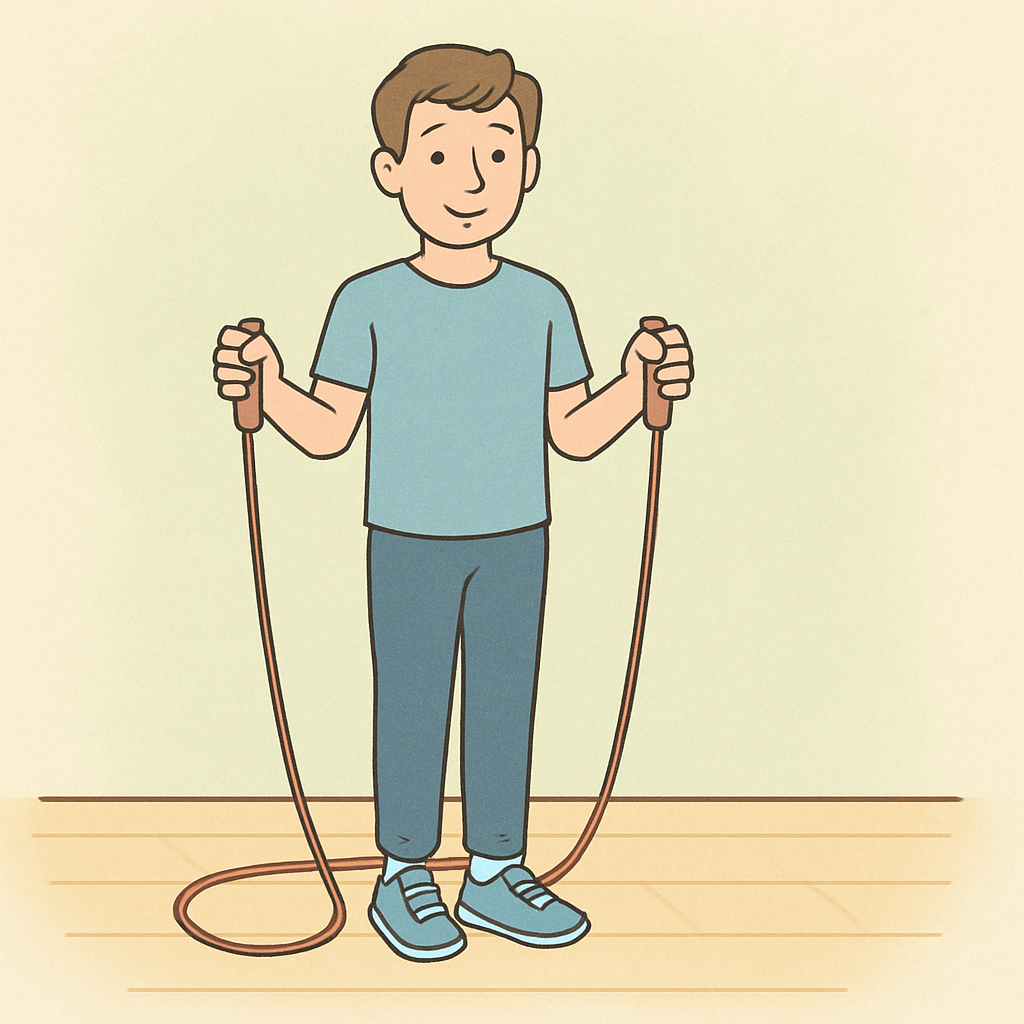
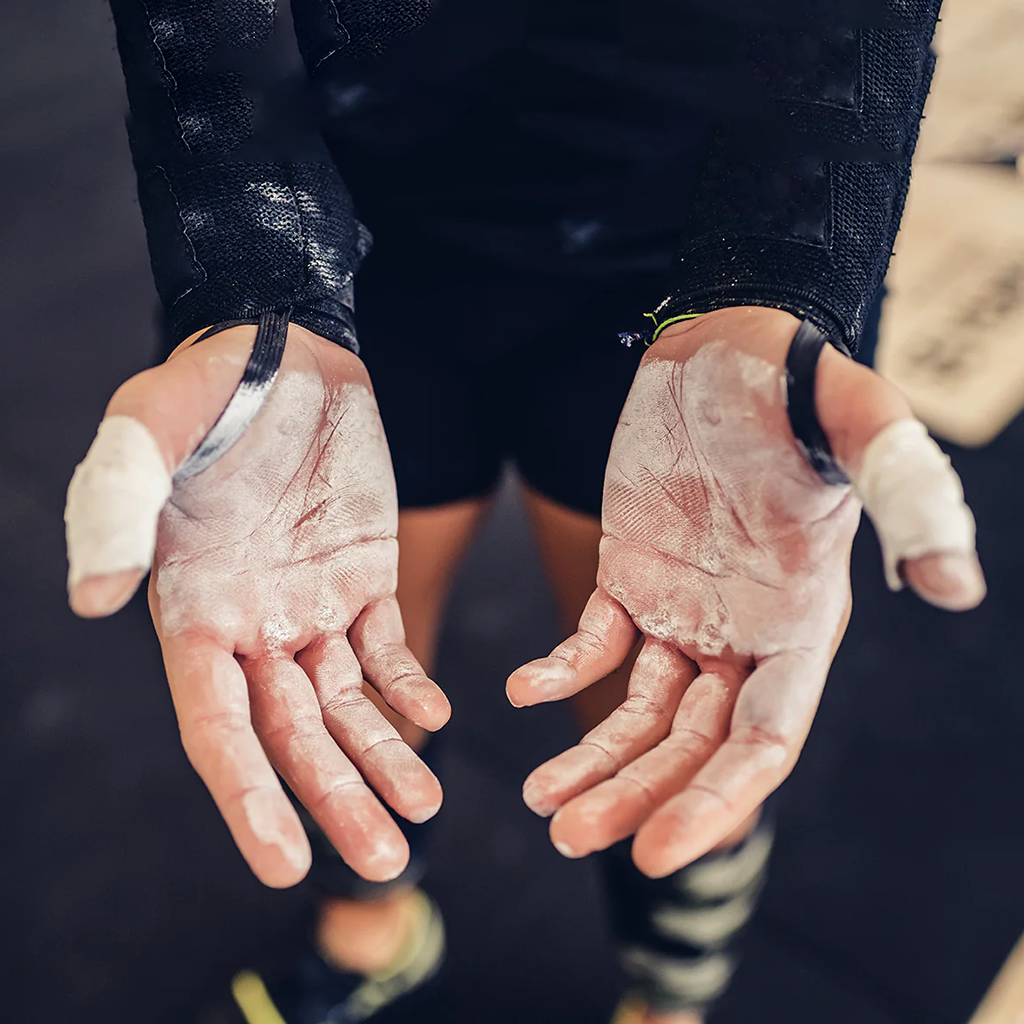

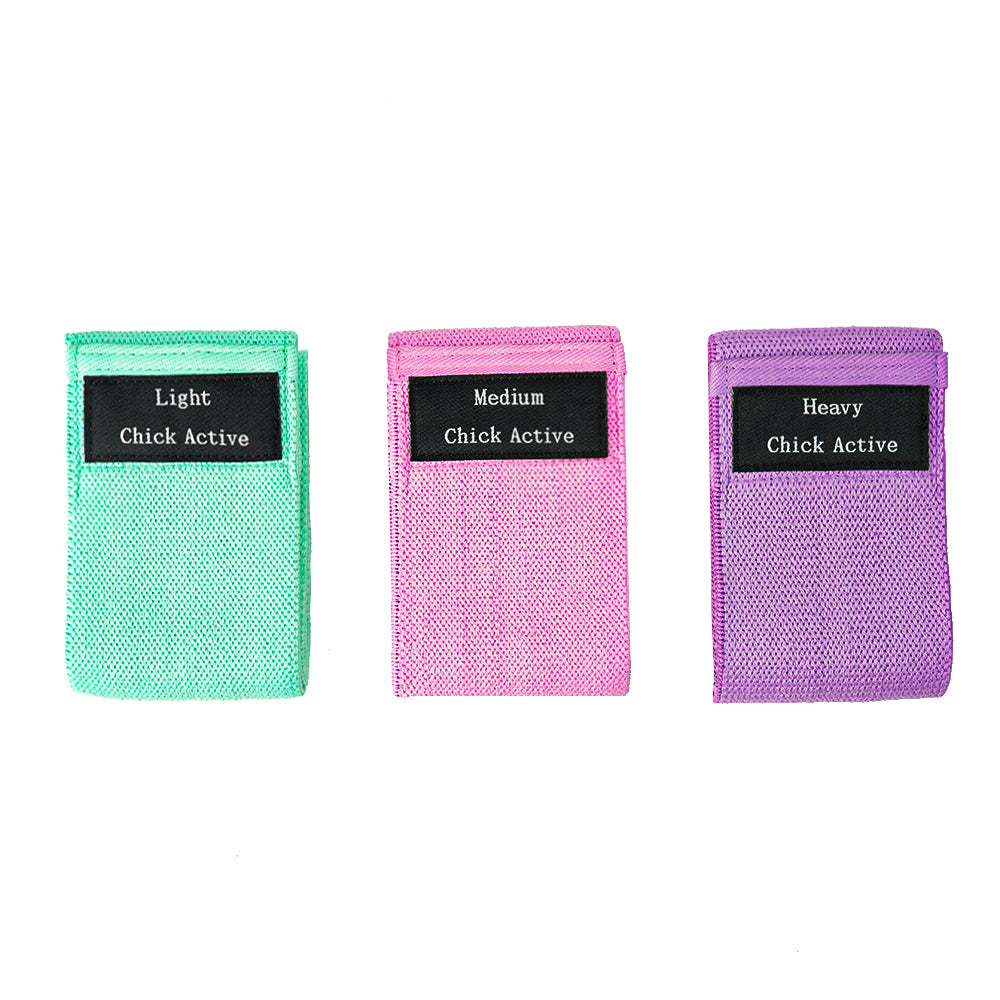
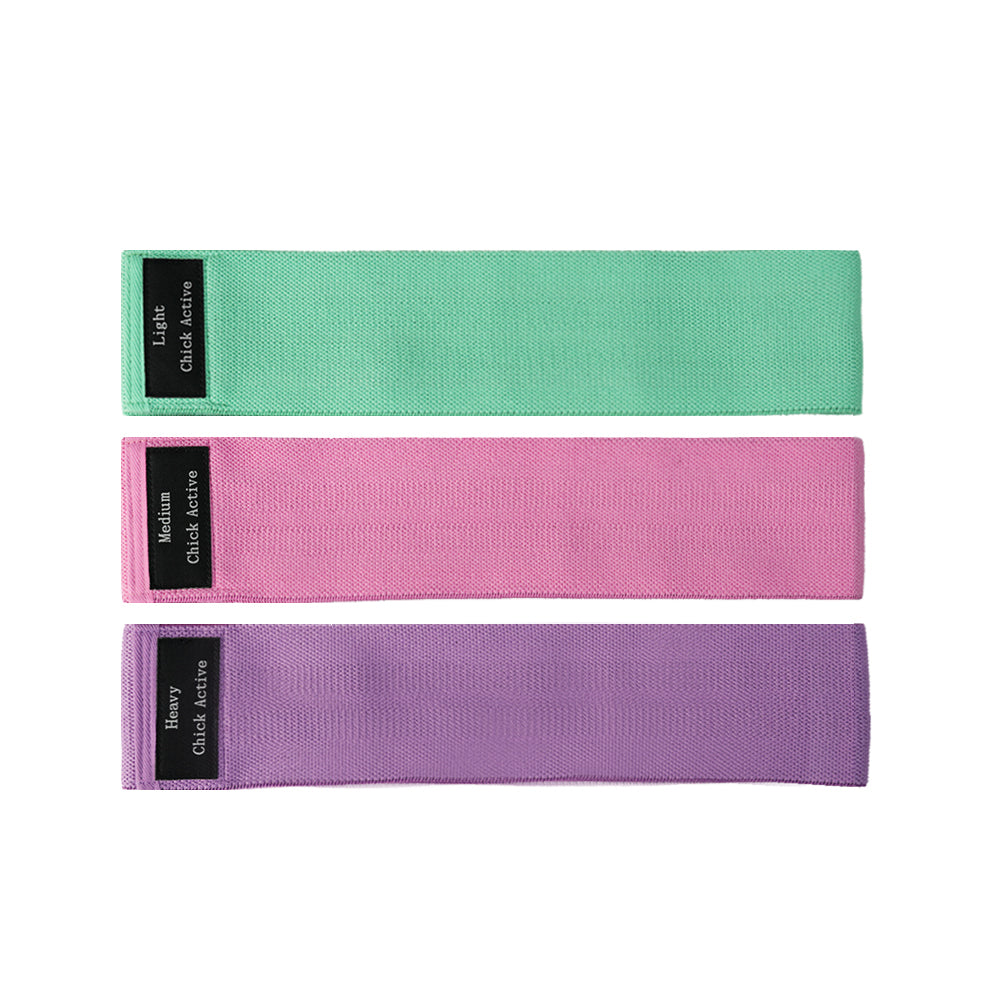


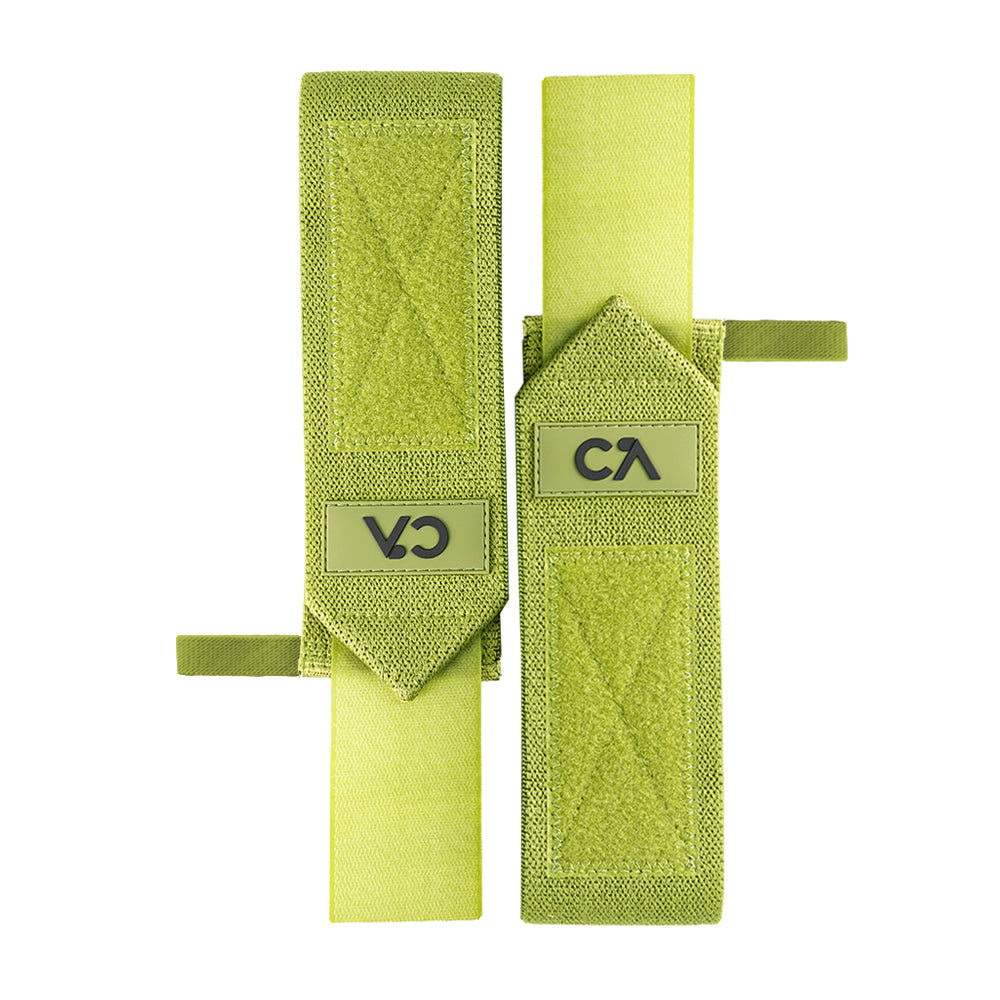
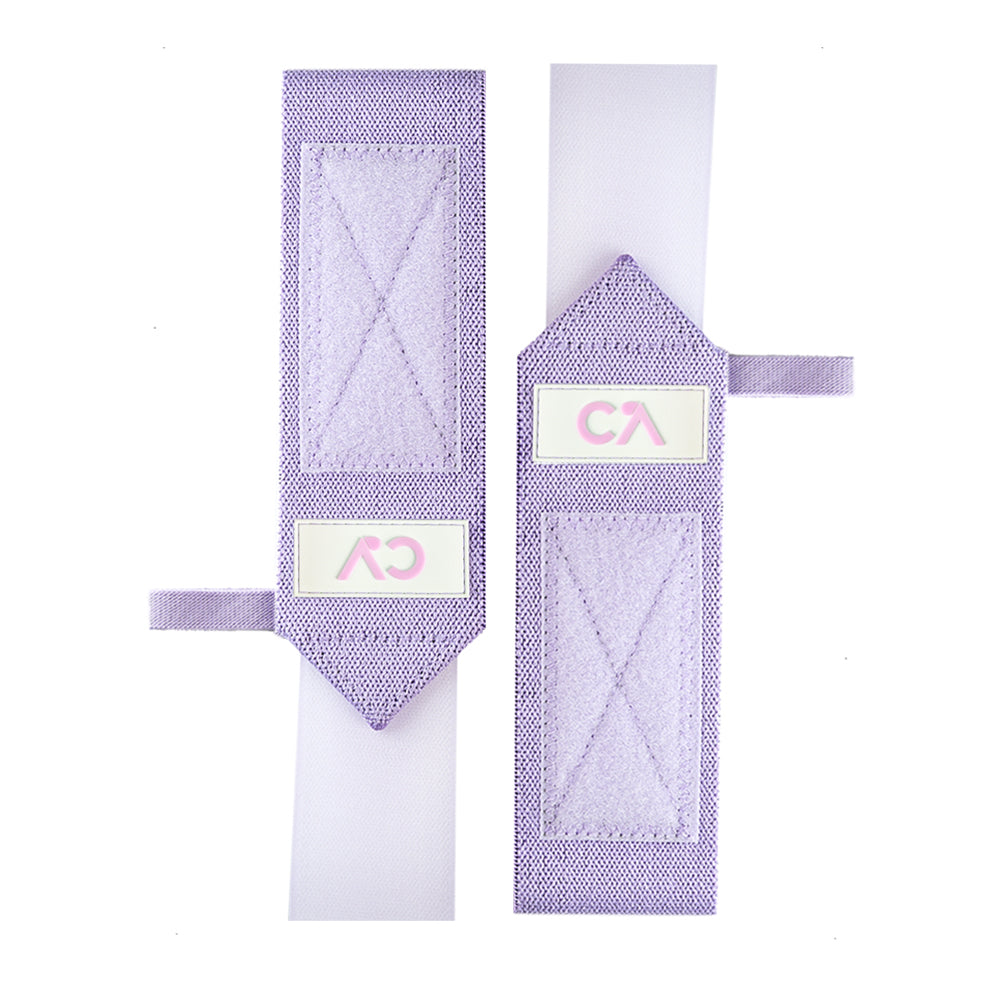
Leave a comment
All comments are moderated before being published.
This site is protected by hCaptcha and the hCaptcha Privacy Policy and Terms of Service apply.